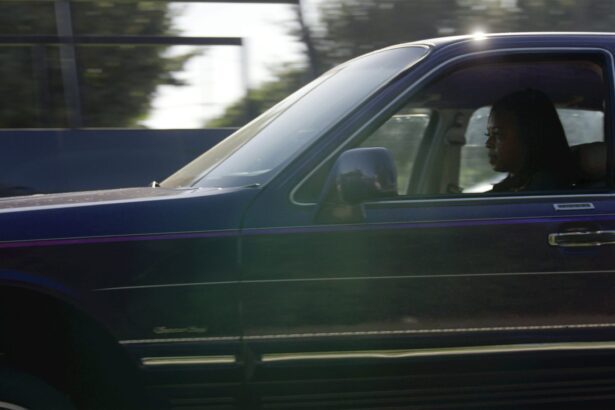By Tamara Shiloh
It was the spring of 1964. Dr. Martin Luther King, Jr., and the Southern Christian Leadership Conference were preparing to launch a campaign to end racial discrimination in St. Augustine, Fla. King hoped that the “demonstrations there would lead to local desegregation and that media attention would garner national support for the Civil Rights Act of 1964, which was then stalled in a congressional filibuster,” according to Stanford University’s King Encyclopedia.
A sit-in protest at a local Woolworth’s lunch counter that ended in the arrest and imprisonment of 16 Black protestors and seven juveniles sparked the pickets. Four of the arrested, JoeAnn Anderson, Audrey Nell Edwards, Willie Carl Singleton, and Samuel White were sent to reform school for six months. No effort was made to release them until their case was publicized by Jackie Robinson, the NAACP, and the Pittsburgh Courier. They were later dubbed “the St. Augustine Four.”
It was Robert B. Hayling, advisor to the Youth Council of the city’s branch of the NAACP, who led these demonstrations. Protesters were met with violence as the Ku Klux Klan responded to their presence. Hayling and three other NAACP members were severely beaten at a 1963 Klan rally. They were arrested and convicted of assaulting their attackers.
The NAACP asked for Hayling’s resignation, but not before reaching out to the SCLC for support.
Hundreds of students from northern colleges recruited by the SCLC participated in demonstrations and sit-ins during Easter week of 1964. Most were jailed. “Some were made to stand in a cramped outdoor overflow pen in the late spring heat, while others were put into a concrete sweatbox overnight.”
When King visited St. Augustine that May, the house the SCLC rented for him was “sprayed by gunfire.” The day after the Senate voted to end the filibuster of the Civil Rights Act, King, Ralph Abernathy, and several others were arrested when they requested service at a segregated restaurant. Meanwhile, despite the violence, the SCLC continued to lead marches.
On June 18, a Grand Jury pressured King and the SCLC to leave St. Augustine for one month. The so-called goal was to “diffuse the situation, claiming that they had disrupted racial harmony in the city.”
King responded that the request was “an immoral one, as it asked the Negro community to give all, and the white community to give nothing . . . St. Augustine never had peaceful race relations.”
As the Senate debated the Civil Rights Act, SCLC lawyers began to win court victories in St. Augustine. The SCLC was encouraged to bring cases against the Klan. On July 2, 1964, President Lyndon Johnson signed the Civil Rights Act, the most sweeping civil rights legislation since Reconstruction, into law.
Blacks in St. Augustine continued to face violence, intimidation, and threats, as healing took its time.
Help young readers understand the struggle for equality and a time when American laws were unfair to Blacks. Share with them Shadae Mallory’s “The History of the Civil Rights Movement: A History Book for New Readers.” Purchase at https://www.multiculturalbookstore.com
Sources: https://www.britannica.com/event/American-civil-rights-movement
https://history.house.gov/Exhibitions-and-Publications/BAIC/Historical-Essays/Keeping-the-Faith/Civil-Rights-Movement/
https://www.adl.org/resources/backgrounder/civil-rights-movement
The post The St. Augustine Movement (1963–1964) first appeared on Post News Group. This article originally appeared in Post News Group.
Post Views: 1,515




